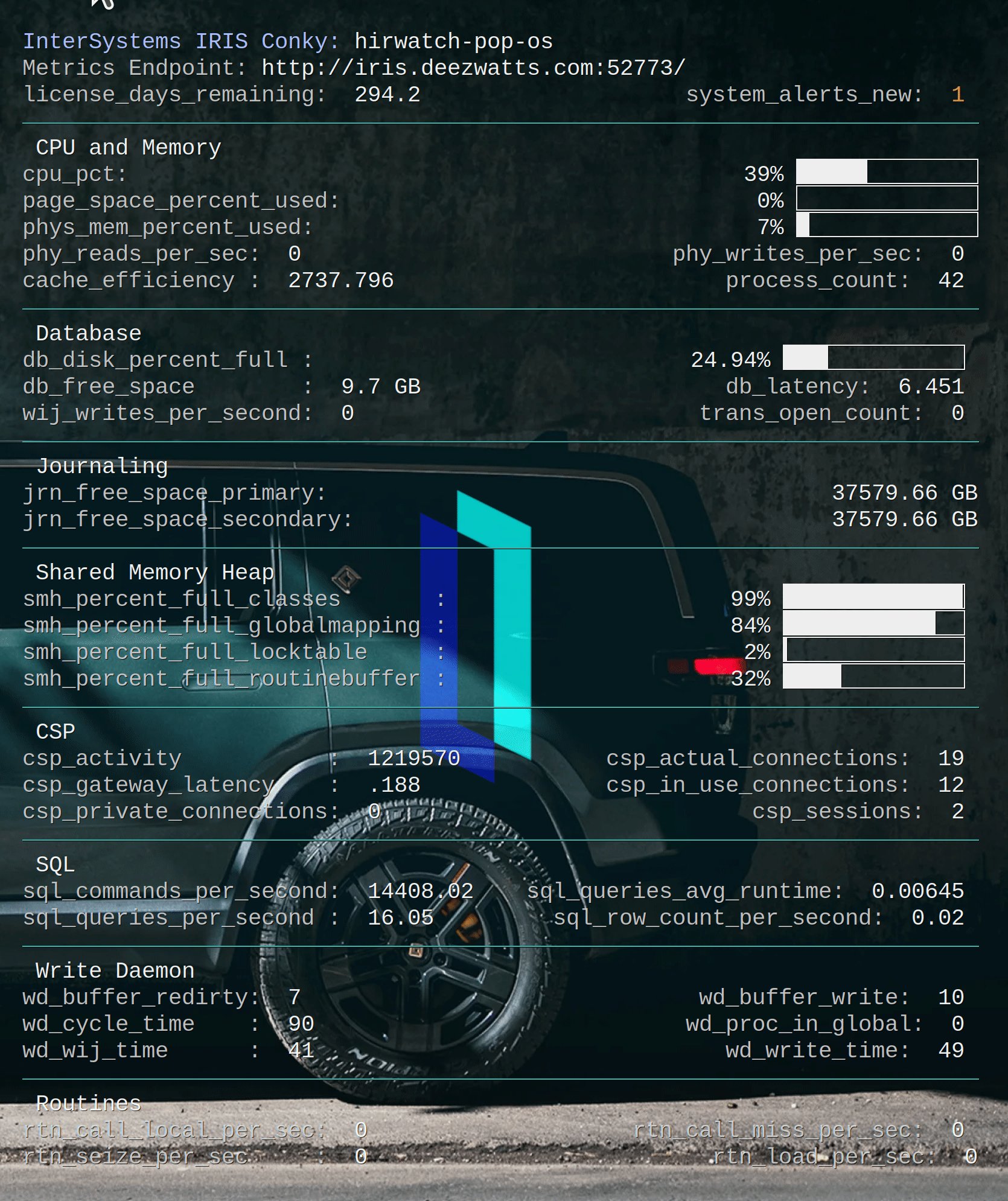
Have written several worthless Conky's in my day, and this one is no exception, but it was fun.
Application Programming Interface (API) is a set of subroutine definitions, protocols, and tools for building application software. In general terms, it is a set of clearly defined methods of communication between various software components.